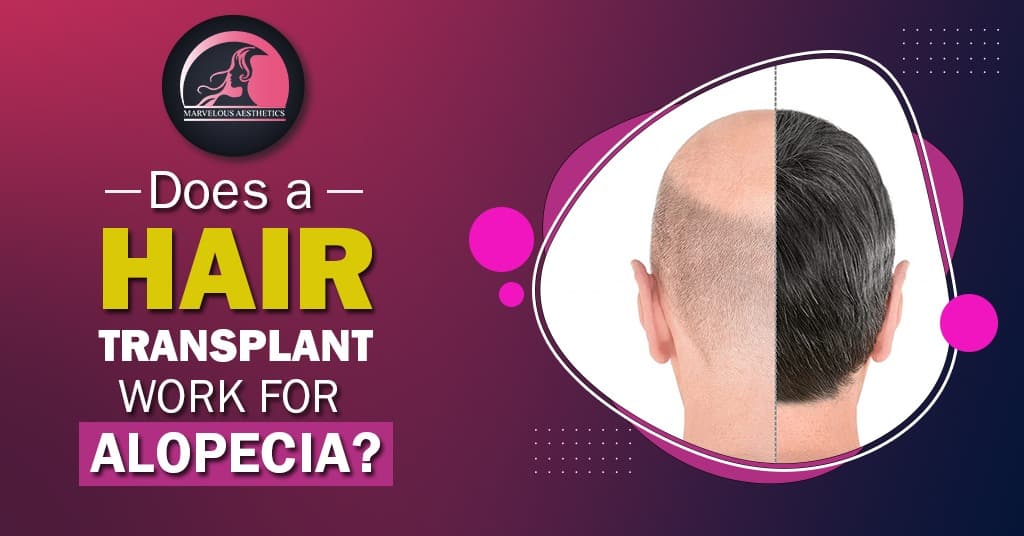Alopecia, or hair loss, is a common issue that affects both men and women equally. It is inflammatory follicular damage that is irreversible and causes scarring and hair loss. Traditional therapies for scarring alopecia, like topical minoxidil and intra-lesional and topical steroids, have had mixed results. Hair transplantation is a contentious medical option for treating primary scarring alopecia in more advanced cases. This blog will examine the effectiveness of hair transplantation as a form of primary scarring alopecia treatment.
What is Alopecia?
It is an autoimmune disease called alopecia areata. The person’s hair falls out in clumps and patches when they are affected. Not every patient loses hair to the same degree. While some people only experience hair loss in a few areas of the scalp, others experience it more widely. Some people grow their hair back. For some patients, this regrown hair might not be permanent. The following categories apply to the main condition, alopecia areata:
- Alopecia areata totalis – The patient’s head was completely hairless.
- Alopecia areata Universalis – The patient experiences widespread hair loss.
- Diffuse alopecia areata – Instead of hair loss in patches, the patient experiences sudden hair thinning.
- Ophiasis alopecia areata – The patient experiences hair loss around the sides and back of their head in the form of a band.
Immune cells permanently harm the follicular stem cell reserve of the outer root sheath, or bulge region, of hair follicles, which is the primary cause of alopecia. Most women with alopecia are between the ages of 30 and 50.
Traditional Treatment of Alopecia
By using local or systemic immunomodulation, traditional alopecia treatments aim to halt or slow the disease’s progression. First, topical steroids are administered topically, such as fluocinonide, clobetasol cream or lotion, and intralesional triamcinolone acetonide. In this rapidly progressing condition, inflammation is frequently reduced with the help of antibiotics, antibiotics, retinoids, hydroxychloroquine, and mycophenolate.
Alopecia&Hair Transplantation
How well do hair transplants work for people with alopecia? The “transplanted new hair” should endure in bald-resistant, hair-abundant tissue; this is the main idea behind hair transplantation. Techniques for restoring hair have been developing steadily, and now they incorporate minute precision. Due to its ability to select desirable follicular units individually, lack of need for suturing, and minimal scarring, FUE is currently the gold standard procedure.
Serious complications following hair transplants are uncommon, right? A stringent post-operative regiment helps to increase the graft survival rate. It is decided during a pre-surgery hair transplant test where a single follicular unit will be implanted, and it is then watched for any significant negative effects or failure to thrive.
The following factors can affect the survival rate of transplanted hair:
- Oxidative stress
- Infection
- Edema
The probability that the transplanted tissue will be affected by the surrounding balding-prone tissue – If the surrounding area begins to dominate the newly transplanted area.
Compared to non-scarring Alopecia, hair transplantation for alopecia cases has a low graft survival rate (50 percent). All types of alopecia are diagnosed and treated at Marvelous Aesthetics. Simply put, you don’t have to choose hair transplants. Before considering hair transplants, we first try shampoos and medications. The treatments we offer have been well-received by our alopecia patients.
Scientific research supports each of our treatments. We at Marvelous Aesthetics want you to feel good about the way you look. If you’re considering a hair transplant or other procedures, get in touch with us right away. We’ll be happy to help you, if you want us to help you &learn more about all of your alopecia treatment options, feel free to contact us!

